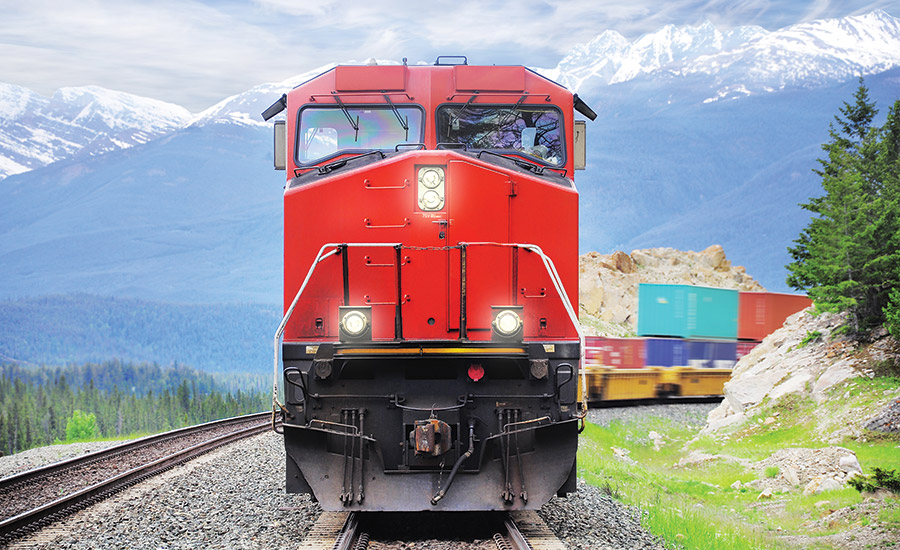The Transportation Safety Board of Canada (TSB) is calling for the implementation of voice and video recorders on locomotives across the country. The call comes after the release of the TSB’s report on its safety study, “Expanding the use of locomotive voice and video recorders in Canada.”
TSB launched the study in May 2015, which took a look at technology, legislative and regulatory issues, the potential safety benefits of installing recorders in locomotives, and the appropriate use of locomotive voice and video recorders (LVVR), among other subjects.
“The need for on-board voice and video recorders has been on the TSB watch list since 2012,” said Kathy Fox, chair of the TSB, in a press release. “In addition to providing important information to TSB investigations, data from these recordings used in the context of a proactive, non-punitive safety management system will be invaluable to help railways identify and mitigate risks before accidents occur.”
There are many potential benefits to expanding the use of voice and video recording on locomotives, according to the report, including enhancing safety and providing a better understanding and assessment of operational and human factors within the locomotive cab. In addition to their use in TSB accident investigations, railway companies could potentially use LVVR data to enhance safety by developing and revising employee training programs, assessing and changing equipment designs and company operating procedures, improving crew security, and identifying risky behavior.
The study noted that successful implementation of LVVR depends on ensuring that the appropriate balance of rights and obligations for all key stakeholders is achieved through the establishment of a clear framework and guidelines for the use of the data.
“Now that the study is completed, the TSB calls upon the Minister of Transport to take concrete action to initiate implementation of LVVR as soon as possible and to introduce legislation to permit the expanded use of on-board recorders in all modes of transportation,” the release said, adding that the TSB is “committed to working with Transport Canada on the development of an action plan and appropriate policy options.”
Marc Garneau, the Minister of Transport, has stated that the study is a positive development for rail safety. “The benefits of voice and video recorders are well known, as they can provide an unparalleled understanding of how the crew communicated and acted immediately before an accident,” Garneau said. “As Minister of Transport, I believe that the use of these devices onboard locomotives could be an important element of a comprehensive approach to managing safety, which will help better protect Canadians, their families and the communities along Canada’s rail corridors.”
The government has already begun working with a number of stakeholders and partners to identify the best way to use voice and video recorders in Canada, and Transport Canada will consult the Office of the Privacy Commissioner of Canada and railway unions to identify ways to address employees’ privacy concerns of such implementations, according to Garneau.
Key railway stakeholders participated in the safety study, including Transport Canada, the Railway Association of Canada, Canadian Pacific Railway, Canadian National Railway, VIA Rail, GO Transit and the Teamsters Canada Rail Conference. For more information about the study, visit: http://www.tsb.gc.ca/eng/rapports-reports/rail/etudes-studies/r16h0002/r16h0002.pdf.




